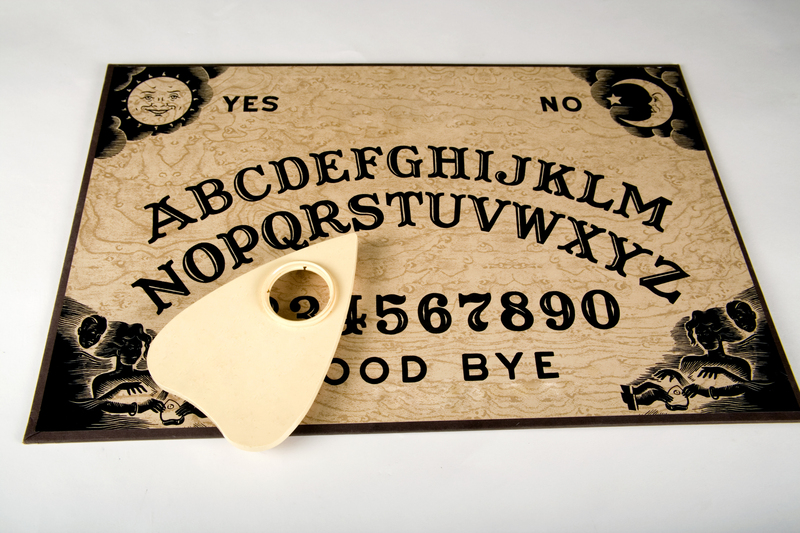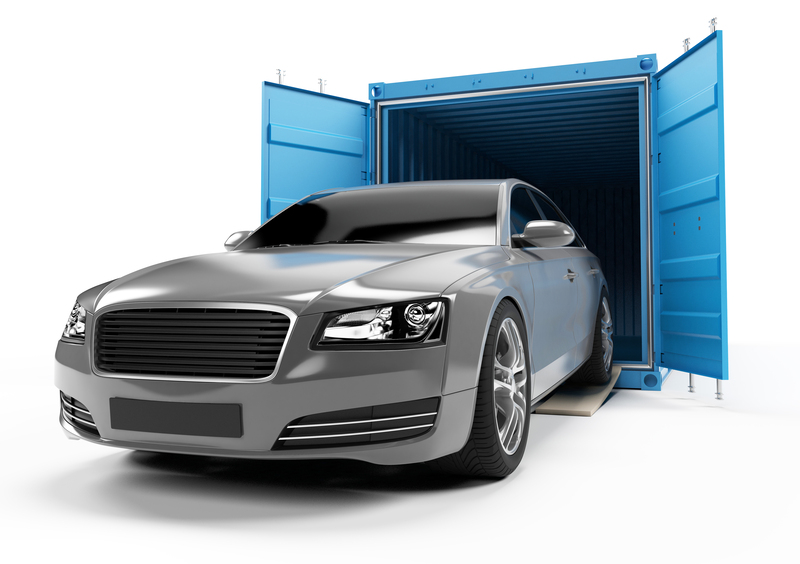The Science and Skill Behind Moving a Piano and Why DIY Fails
Pianos are more than just musical instruments--they are masterpieces of engineering, craftsmanship, and artistry. Moving a piano from one location to another may seem like a simple task, but beneath the surface lies a web of scientific principles and specialized skills. In this comprehensive article, we unravel the science and skill behind piano moving and explain why DIY attempts at moving a piano often lead to disaster.

Understanding Why Pianos Are So Difficult to Move
Moving a piano is about much more than muscle power. A piano's weight, size, and structure all contribute to the complexity of the task. Let's break down the main factors:
- Sheer Weight - Pianos can weigh anywhere from 300 to over 1,000 pounds (136 to 454 kg). Grand pianos are particularly hefty, with their solid frames and oversized components.
- Bulk and Fragility - Despite their weight, pianos are surprisingly delicate. Their internal components are sensitive to shock, vibration, and sudden movement.
- Center of Gravity - The unique shape and weight distribution of pianos make them unwieldy and easy to tip over.
- Complexity - Pianos consist of thousands of moving parts, including strings, hammers, and pedals--all calibrated to perfection. Even a small bump can throw off the delicate action.
- Size and Shape - Upright and grand pianos are notoriously awkward to maneuver, especially around corners, stairs, and narrow doors.
The Anatomy of a Piano: An Engineering Marvel
To appreciate why professional piano movers are necessary, it helps to understand the instrument itself:
- Cast Iron Plate - This supports the 20+ tons of string tension.
- Wooden Soundboard - Transfers and amplifies the sound, but is highly susceptible to cracking from impact.
- Action Assembly - Thousands of small parts, precisely regulated, which can be knocked out of adjustment by jarring movements.
- Dense Casing - Heavy wooden or composite cabinets designed for acoustics, not for moving.
Even moving a piano across a room improperly can result in irreversible damage or costly repairs. This is why the science behind safe piano moving is crucial--and why DIY attempts so often fail.
The Physics of Moving a Piano
Successful piano moving isn't just about brute strength. It requires a deep understanding of weight distribution, leverage, friction, and force.
- Weight Distribution: A piano's weight is not evenly spread. For example, grand pianos are heavily weighted on one side, making them prone to tipping if not balanced exactly during a move.
- Gravity and Tipping: Tall upright pianos have a high center of gravity. If tilted too far, they can easily fall, risking injury and damage.
- Leveraging Techniques: Professional movers use specialized tools such as piano dollies, skids, and straps, applying leverage at the right points and angles to reduce risk.
- Inertia and Momentum: A moving piano has significant momentum. If it starts to roll or slide uncontrollably, it's almost impossible to stop safely without skills and equipment.
Without this scientific know-how, moving a piano becomes a dangerous guessing game. This is where most DIY efforts fail.
Common DIY Mistakes and Their Consequences
Here are some classic pitfalls that occur when untrained individuals try to move a piano without professional help:
- Improper Lifting and Carrying: Lifting by the wrong areas (like delicate legs or the keyboard) can cause cracks, splits, or even breakage.
- Insufficient Manpower: Underestimating the weight, size, or difficulty leads to strained muscles, dropped instruments, and damaged property.
- Skipped Planning Steps: Many DIY movers fail to measure doorways, clear pathways, or use the proper moving pads and straps.
- Inexperienced Maneuvering - Navigating stairs, tight angles, or bumps without training can end in disastrous drops.
Skills and Experience: The Professional Edge in Piano Moving
A skilled piano mover brings years of training and technical know-how to the job. Here's what sets professionals apart:
- Specialized Equipment: From padded moving blankets to hydraulic lifts, pro movers invest in gear designed specifically for pianos.
- Team Coordination: Each mover has a role, and clear communication ensures synchronized efforts--especially in challenging environments.
- Risk Assessment: Movers analyze stairs, floors, doorways, and outdoor terrain before beginning, minimizing the chance of accidents.
- Experience: Having tackled hundreds or thousands of moves, experts can foresee and avoid problems before they arise.
- Insurance and Liability: Professional movers are insured, protecting both the instrument and your property if the unthinkable happens.
By contrast, DIY piano moving lacks both the know-how and the protection--making even one mistake potentially disastrous.
Step-by-Step: How Professionals Move a Piano Safely
Here's an inside look at how a trained team approaches the task, demonstrating both science and skill:
- Assessment: The movers inspect the piano, building, and surroundings, identifying obstacles and planning the safest path.
- Preparation: All loose components and legs are removed (if needed), and the piano is wrapped in thick, protective blankets.
- Lifting/Placing on Skid or Dolly: Using teamwork and mechanical aids, the piano is stabilized and securely fastened to a rolling platform designed to handle its weight.
- Navigation: Slow, steady movement--never rushing around corners, stairs, or thresholds. The piano is never forced.
- Loading and Transport: The instrument is carefully moved into a van or truck with a ramp or lift, then immobilized to prevent movement during transit.
- Reassembly and Final Placement: At the destination, the team reverses the process, ensuring the instrument is placed precisely where desired, with final checks before removal of protective coverings.
Throughout this process, professionals rely on their knowledge of physics--the angles, forces, and weight shifts--to keep both people and property safe.
Insurance, Warranties, and Peace of Mind
One huge advantage of hiring expert piano movers is the insurance coverage they provide. No matter how careful you are, piano moving always involves a risk of:
- Instrument Damage - Scratches, dents, or even catastrophic internal breakage.
- Property Damage - Holes in walls, scuffed floors, or damaged staircases.
- Bodily Injury - Sprains, strains, back injuries, or slips.
Professional companies carry liability and cargo insurance, which can offer repair or replacement value for your precious piano. Some companies even offer post-move tuning services to correct minor shifts in pitch or regulation.
DIY moves, by contrast, offer no such protections. Home insurance usually doesn't cover damages that occur during self-moves, and warranties on high-end pianos may become void if they are moved improperly.

Cost Analysis: Is DIY Really Worth the Risk?
On the surface, moving a piano yourself may seem like a way to save money. However, a detailed cost analysis tells a different story:
- Rental Equipment - Specialized dollies and blankets can be surprisingly expensive to rent.
- Helpers - You may need to pay (or at least compensate) friends and family, who also risk injury.
- Potential Damage - Even minor damage to a piano or your home can cost hundreds or thousands to repair.
- Time - Inexperience makes the process far slower and more stressful.
- Stress and Anxiety - The mental cost of worrying about your valuable instrument can't be ignored!
When everything is considered, professional piano moving services are almost always the safer, more cost-effective option.
What Makes a Good Piano Moving Company?
If you've decided against the DIY approach, it's worth knowing how to identify the best professionals. Here's what to look for:
- Dedicated Experience - They specialize in moving pianos, not just general furniture.
- Positive Reviews - Look for satisfied customer testimonials and high ratings online.
- Proper Licenses and Insurance - Make sure they can provide proof of coverage.
- Clear Pricing - Transparent, upfront quotes with no hidden fees.
- Range of Services - Packing, transport, reassembly, and even tuning services are ideal.
Conclusion: Trust the Experts for Safe Piano Moving
The challenge of moving a piano is about more than just brute force. It's a demanding task that combines scientific principles with hands-on skill and experience. Do-it-yourself attempts almost always fall short--not because of a lack of effort, but because of a lack of expertise and equipment.
Why does DIY piano moving fail? The answer lies in the complexity of the instrument, the physics involved, and the risks of property and personal injury. Professional piano movers bring the right tools, knowledge, and insurance to make the process safe, efficient, and stress-free.
So, the next time you need to relocate your cherished instrument, remember: it's always best to leave piano moving to the pros. By trusting the experts, you'll protect your investment, your health, and your peace of mind.
Frequently Asked Questions About Piano Moving
- Q: Can I move an upright piano by myself?
A: Even upright pianos are very heavy and difficult to maneuver safely. Without specialized equipment and training, you risk serious injury or damage. - Q: Are there pianos that are "easy" to move?
A: Digital keyboards can be moved by hand, but any acoustic piano should always be handled by professionals. - Q: How much does professional piano moving cost?
A: Costs vary by distance, difficulty, and size, but the expense is almost always less than repairing a piano damaged by a DIY move! - Q: How can a piano be protected during a move?
A: Professionals use thick padding, precise strapping, and proper lifting techniques to keep your instrument safe.
Ready to move your piano safely? Contact a trusted piano moving company today and experience the difference that science and skill can make!



